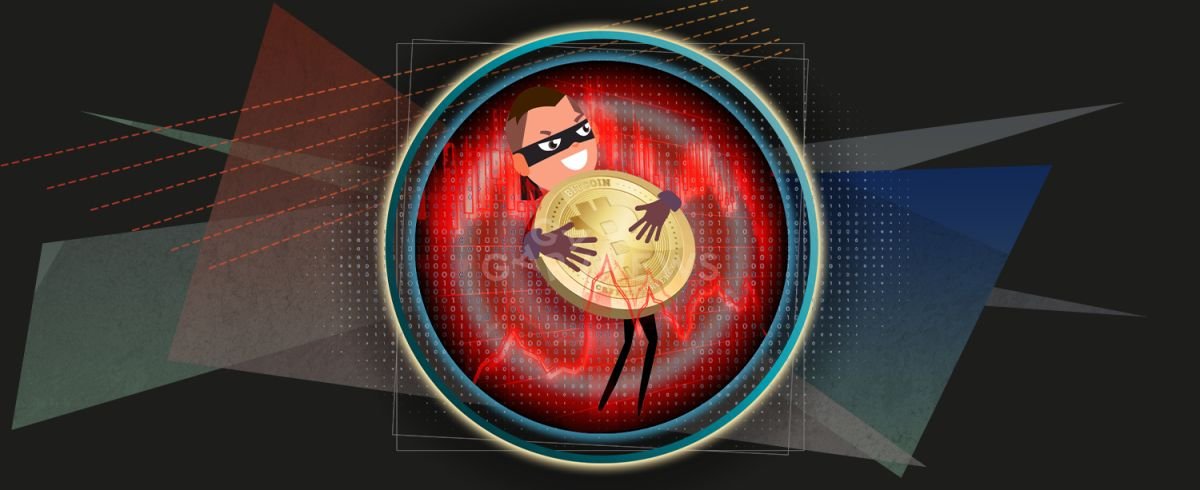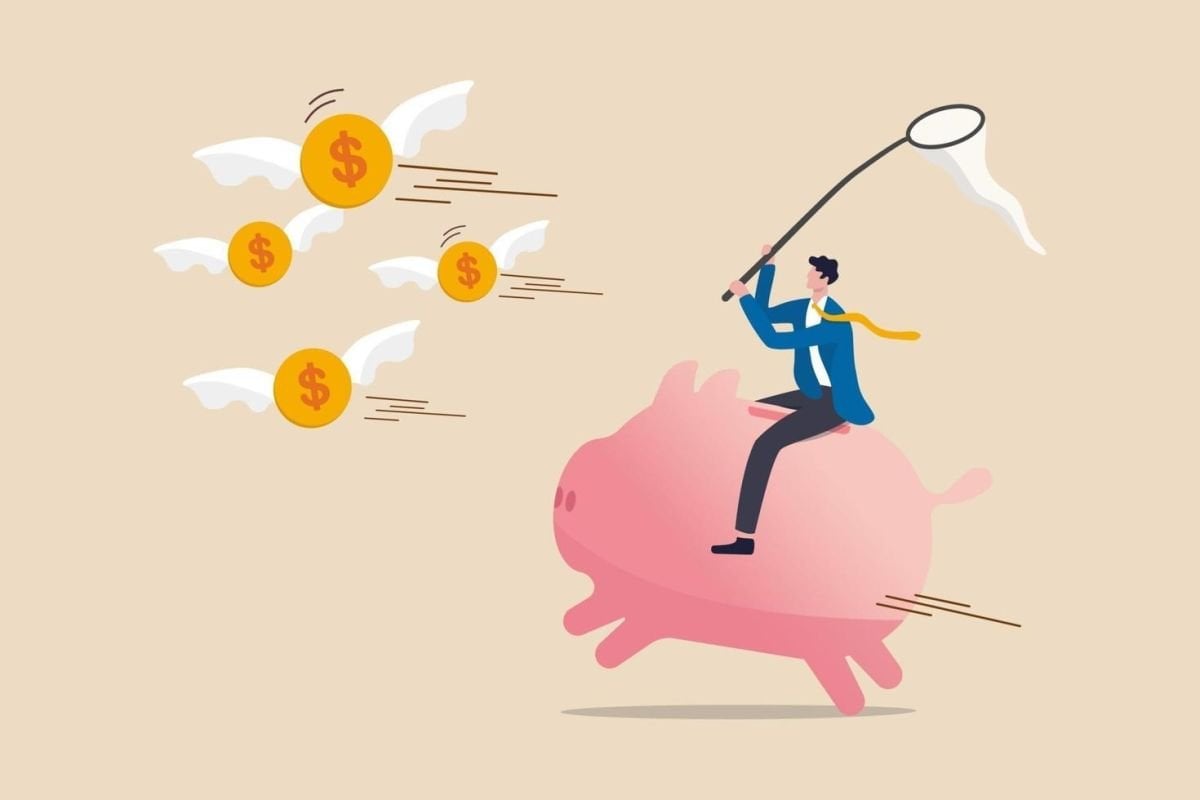What is Rug Pull and how is it related to scam?

An abrupt removal of the token's liquidity by the project's developers is known as a "Rug Pull". It causes the asset's price to fall to zero, leaving investors to lose their funds. Rug Pull is one of the most popular ways of scamming in decentralized exchanges.
Rug pull is a type of scam in which project developers turn out to be frauds. They use a rather simple strategy - the project is abandoned and investors are left with nothing.
A blockchain project is built using a native token that is listed on the DEX paired with a popular cryptocurrency (most often it is ETH). The new crypto is actively promoted on social media, websites, and via emails as something groundbreaking that will transform the cryptocurrency industry.
Airdrops, a high percentage of passive income, different promotions, special offers, and other incentives can be used to encourage a user to buy the token. Many people fall into a psychological trap and exchange a well-known altcoin for a new token in the vain hope that it would live up to their expectations. The project's creators take the accumulated cash out of the liquidity pool once there is enough money there, and disappear along with the investors' money.
The most often used platforms for Rug Pull are decentralized exchanges since centralized platforms strictly and qualitatively verify tokens before listing them. As a result, fraudulent projects target peer-to-peer websites.
There is also a slow Rug Pull in which developers use a so-called "backdoor" - exploiting a flaw in the token code algorithm to get access to the liquidity pool. It enables fraudsters to stealthily and gradually extract money from investors.

How do you spot a possible Rug Pull?
While experienced investors can easily spot fake schemes, beginners can get confused when analyzing tokens for potential Rug Pull. Before purchasing any of the tokens, you should think about the questions we have compiled for you.
Are the leaders' names listed on the project website?
Finding information about the token's creators should be your first step. If the project team prefers to remain anonymous, it's most likely a Rug Pull. However, this is not always the case, so move to the next questions in order to gather more proof.
Has the project undergone an audit by reputable security firms?
A token's smart contracts are likely to have flaws or shortcomings if they haven't been examined by a reputable auditing agency. Only choose those DeFi projects that have successfully passed at least one security audit. It is important to have a reputable company such as Hacken, CertiK or SlowMist conduct the review. According to the standard of cryptocurrency practice, three audits should be conducted and updated periodically.
Does the token have a practical use and how valuable is the project itself?
If an asset is not a truly innovative product and is not supported by a cryptocurrency exchange or blockchain, it means that the token is useless and has doubtful value. One indication of future Rug Pull could be the absence of a product that is backed by a native token. Additionally, tokens that duplicate existing assets should raise concern.
Does the project promise enormous profits?
Calculate the return on investment (ROI) offered to investors for staking. Typically, the creators of dubious tokens offer too high ROI, which is unusual for the crypto market. A Rug Pull is likely to happen in the future if a project's leaders are unidentified and its token holders receive enormous profits.
Token advertising: How intrusive is it?
If you find that the project's marketing campaigns are too intrusive and look like spam, then it's better to be cautious and seek for other fraud indicators. Avoid buying those tokens if there are many fraud signs. Examine the project's social media accounts to check for bot activity. Keep in mind that misusing airdrops and referral bonuses is a warning sign.
Does the token project have White Paper?
The absence of a comprehensive White Paper, which outlines the background and goals of the project, its tokenomics, etc. is one of the warning signs of a potential Rug Pull. If White Paper lacks details or looks like a copy of another project, don't be surprised if they steal your money in the future.
Is the token listed on a centralized exchange?
Another issue to consider is whether or not the token is listed on a centralized exchange. If it's not there, the project may be fake.

Real Rug Pull Examples
The scale and sophistication of the scams that take place in the crypto world is impressive. Here are some examples of the biggest DeFi scams related to the sudden disappearance of project liquidity.
Thodex
The Turkish cryptocurrency exchange Thodex is the leading platform involved in Rug Pull, as it took $2 billion from investors. In order to drain liquidity, the website announced a five-day halt of operations. After that, the website stopped working, and the investors' funds disappeared along with the founders of the project.
Compounder Finance
The protocol's developers took $10.8 million out of their investment funds. This case is unique since Compounder Finance's smart contracts have undergone auditing. To steal money from investors who put their trust in them, executives substituted secure contracts with malicious ones.
Meerkat Finance
Investors lost $31 million on the project. It’s a classic scam that resembles Yearn Finance. At the same time, the project's founders denied responsibility and said they had been hacked. However, the crypto community is sure that it was a carefully planned Rug Pull.
You should be extremely cautious with new tokens and subject them to serious examination before investing your money. Dubious projects continue to appear in the DeFi sector and are waiting for an opportunity to empty investors’ pockets.

